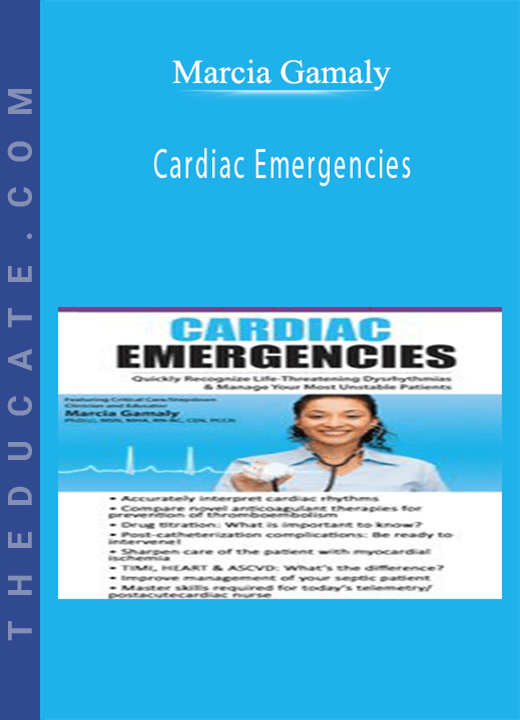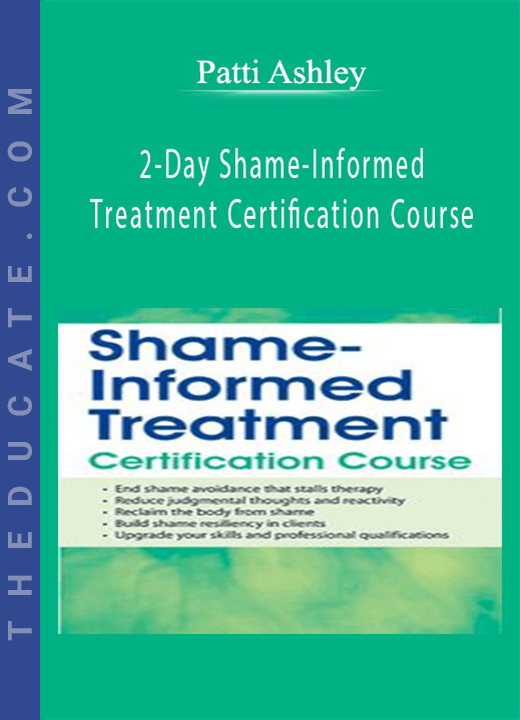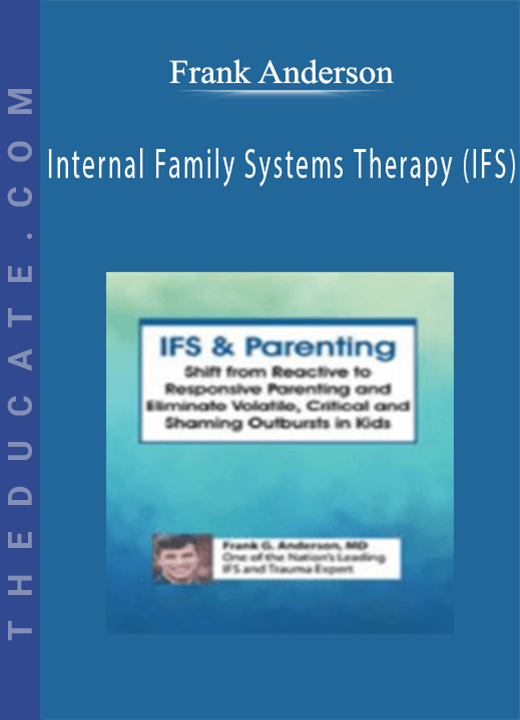Description

Cardiac Emergencies: Quickly Recognize Life-Threatening Dysrhythmias & Manage Your Most Unstable Patients – Marcia Gamaly
- Accurately interpret cardiac rhythms
- Compare novel anticoagulant therapies for prevention of thromboembolism
- Drug titration: What is important to know?
- Post-catheterization complications: Be ready to intervene!
- Sharpen care of the patient with myocardial ischemia
- TIMI, HEART & ASCVD: What’s the difference?
- Improve management of your septic patient
- Master skills required for today’s telemetry/postacute cardiac nurse
Managing complex cardiac patients can be challenging for even experienced nurses in today’s outcome- and technology-driven cardiology world. Are you familiar with the core measures frequently monitored on your unit? Are you confident in your ability to care for a patient who has a wearable defibrillator? Are you comfortable in your ability to titrate and wean oxygen? Can you apply restraints to a patient on CPAP? Do you hesitate on the steps necessary to cardiovert or defibrillate your unstable patient? You will leave this training with improved rhythm interpretation skills, the ability to quickly recognize life-threatening dysrhythmias and confidence to manage your unstable cardiac patients!
- Compare and contrast sinus and atrial rhythms.
- Distinguish differences between life-threatening arrhythmias.
- Discriminate between indications for medications prescribed on the post-acute cardiac unit.
- Assess the post-cardiac catheterization patient to identify potential complications.
- Plan appropriate nursing care for the patient with myocardial ischemia.
- Formulate a plan to decrease risk of pressure injuries.
Cardiac rhythm review
- Sinus
- Atrial
- Junctional
- Ventricular
- Blocks
- SKILLS: Video presentation
- Cardioversion
- Pacing
- Defibrillation
Commonly prescribed medications
- Anticoagulants
- Vasodilators
- Antiarrythmics
- Vasopressors
- Inotropics
- Miscellaneous agents
Myocardial Ischemia – “Time is muscle”
- Pathophysiology
- Cardiac enzymes & diagnostic testing
- Core measures
- Risk assessment tools
- Treatment/interventions
- SKILLS: Telemetry monitoring
- EKG lead placement
- Telemetry packs – 3, 5, and 6-leads
Heart failure
- Pathophysiology
- Diagnostic testing
- Core measures
- Treatment/interventions
- SKILLS: Oxygen delivery systems
- Nasal cannula to CPAP
- SKILLS: Prevention of respiratory depression/failure
- Pulse oximetry – how effective is it?
- End-Tidal CO2 monitoring
Monitoring the post-cardiac catheterization patient
- Assessment of cath site
- Monitoring for complications/ hematoma
- SKILLS: Hemostatic devices
- Radial access device (e.g., VascBand®)
- Femoral access device (e.g., FemoStop®)
Trends in patient management
- Life-Vest
- WATCHMAN® Device
- Left Ventricular Assist Device
- Chest and abdominal drainage systems (e.g., PleurX®)







5 reviews for Cardiac Emergencies: Quickly Recognize Life-Threatening Dysrhythmias & Manage Your Most Unstable Patients – Marcia Gamaly
There are no reviews yet.